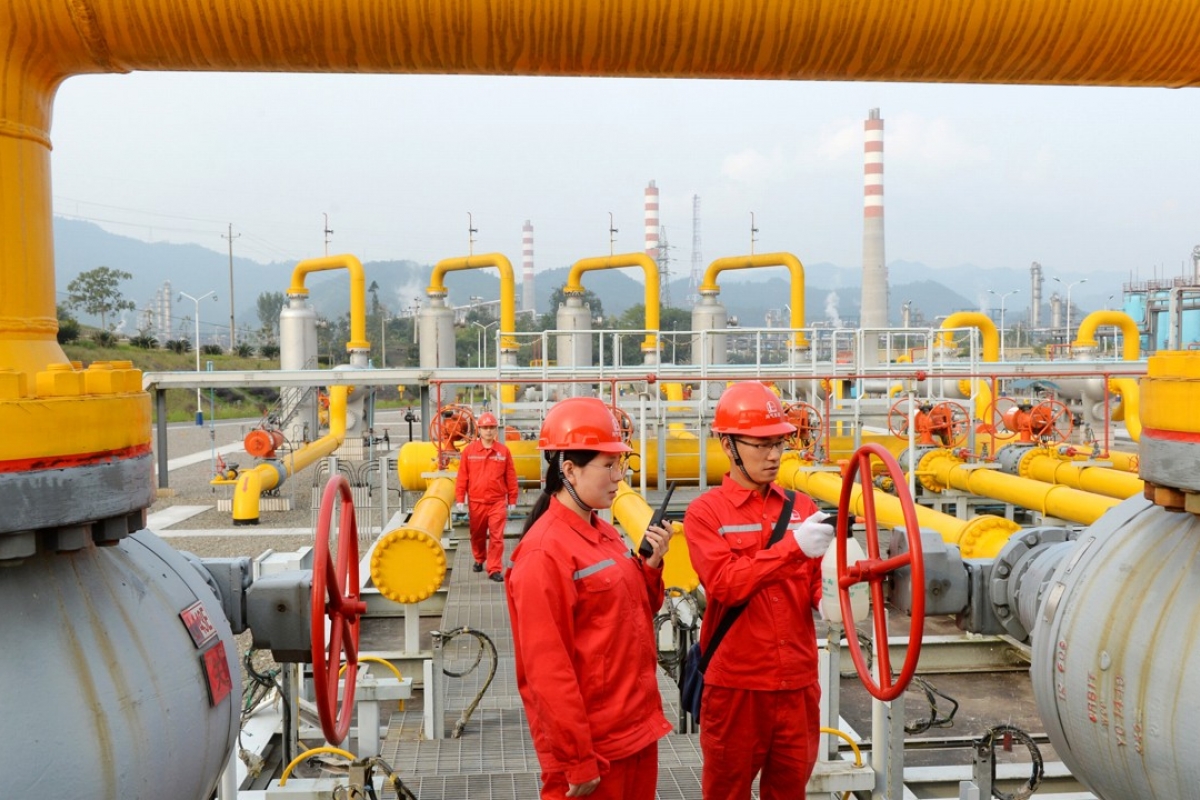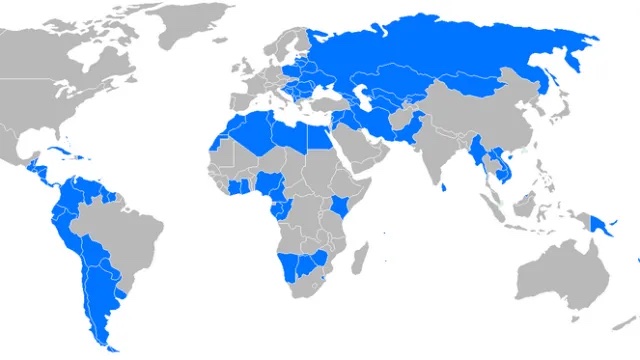Policy Changes Slow, But Impact Positive For Investors
To many investors, policy changes in India have not come fast enough. However, we think investors may be overlooking the positive impact recent reforms will have on India in the longer term.
Take the new bankruptcy bill, for example, approved May of 2015. If implemented effectively, this could significantly improve the ease of doing business in India. The current fragmented bankruptcy and insolvency laws in the country mean companies face a complicated and lengthy exit route, taking on average more than four years to complete. Once the new bill is implemented, a bankruptcy case will typically take six months to complete.
Efforts to kick-start India’s investment cycle will continue
While it’s true that the pace of policy change from India’s National Democratic Alliance (NDA) has been more gradual than expected, recent legislative approval of the Goods and Services Tax Bill (GST) should renew investor confidence. Its ultimate success hinges on the government’s ability to build consensus on the detailed structure of the tax (e.g. tax rate, list of exemptions, minimum threshold), as well as the readiness of the IT platform. However, given it’s one of most widely anticipated reforms, we think the government will do what it can to meet the April 2017 deadline.
Measures to increase financial inclusion make subsidies more efficient, increase investment in the railways, and foster increased competition between states are also likely to benefit economic growth over time. Meanwhile efforts to kick-start India’s investment cycle, cited by the government as one of its most important policy priorities, will continue.
Need For Job Creation, Structural Reforms
Of course, change won’t happen overnight, and it will take time for the investment cycle to pick up again. External and domestic headwinds – including slow export growth, high levels of corporate debt, excess capacity and the clean-up of banks’ balance sheets – will go on curbing private investment. Slower public investment, due to fiscal constraints, will also limit growth gains.
To create a sustainable recovery, India needs structural reforms. In addition to implementing the GST, the country must introduce supply-side measures to achieve medium-term food-price stability and banking-sector reforms.
Policy changes that were being prioritized in NDA’s first year in government appear to have lost momentum, such as the reforms to land and labour-market regulations at the state level. India also needs to create 10-12 million jobs per year in order to enjoy a demographic dividend, and concrete measures to expand the manufacturing base and create jobs are equally vital for the county’s future prospects.
India’s medium-to-long term potential is still intact
Despite all of this, investors shouldn’t lose sight of the opportunity India represents. Yes, reform has been slower than expected. And yes, there is a need for more reforms to create jobs and stability. But policy change is moving in the right direction. India’s medium-to-long term potential is still intact.
About Anubhuti Sahay
Based in Mumbai, Sahay Anubhuti is the current head of South Asia Economic Research with investment bank Standard Chartered. Since joining Standard Chartered in 2007, her expertise and work has led to many accolades, including being ranked the best forecaster for India by Bloomberg in 2013, and the second best forecaster in 2011. Sahay was named the ‘No. 1 Research Person in India’ by Asset Benchmark research in 2009. Prior to Standard Chartered, Anubhuti worked for the Securities and Exchange Board of India covering policy research and was an analyst covering southern European companies for Morgan Stanley Capital International. She holds a Master’s in Economics from the Delhi School of Economics and has cleared CFA Level II.








